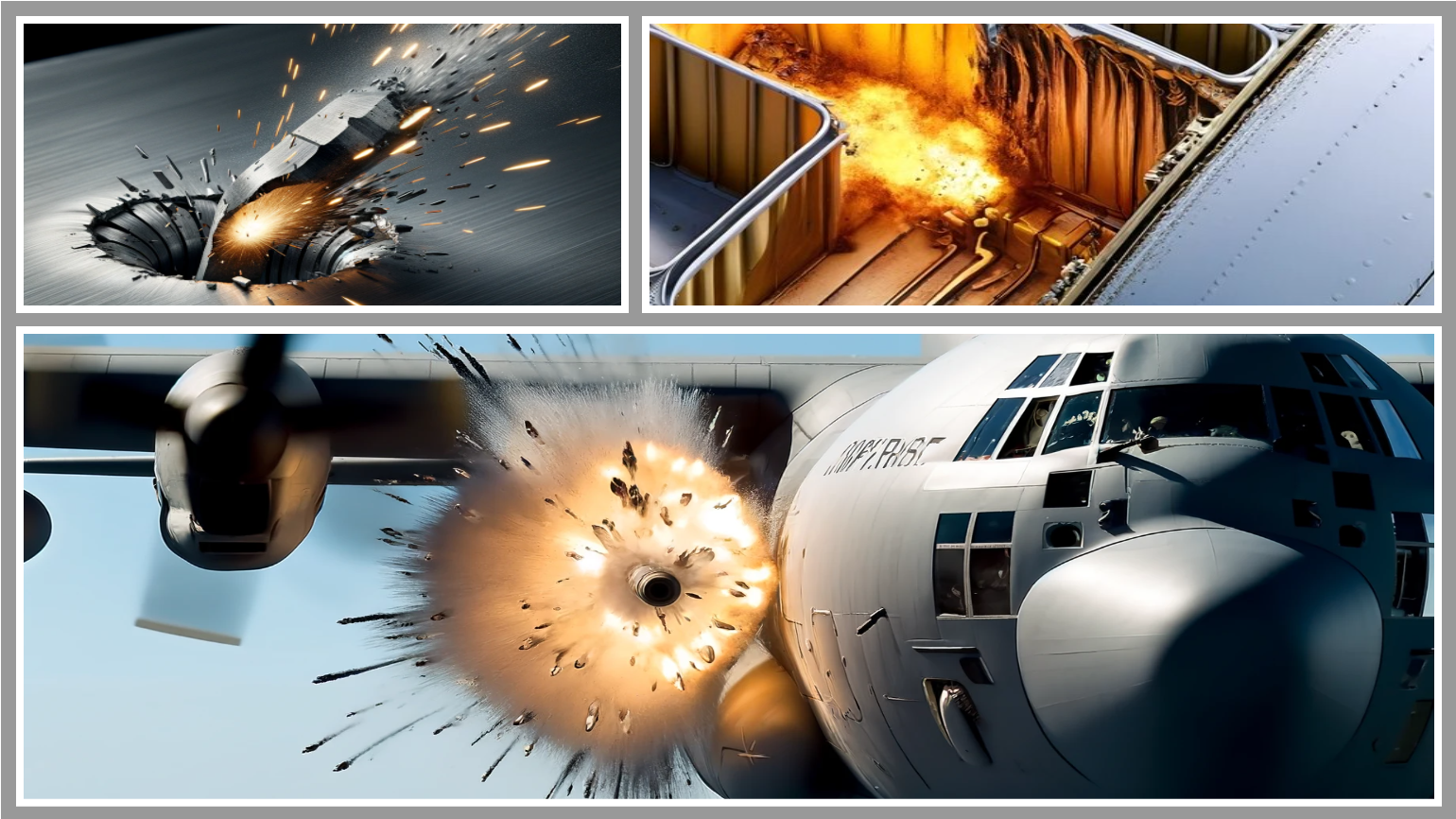Fire ignition events caused by collision impacts pose significant risks to safety and structural integrity across various industries. The complex interplay between penetrating fragments, incendiary materials, and leaking fuels makes traditional detection methods less effective. To address this challenge, InfoBeyond Technology has developed AI-Fire, an innovative system that enhances the analysis and detection of fire ignition events for safer and more efficient operations.
The Problem
High-speed impacts from fragments of explosions or incendiary objects can create flashes or function clouds that ignite leaking fuel from damaged structures. These rapid fire ignition events present severe risks, making accurate detection and analysis crucial for safety and survivability. Traditional methods relying on high-speed visual and infrared cameras struggle to capture the spatiotemporal dynamics of these events due to challenging variables like lighting conditions, overlapping phenomena, and the presence of ignited particles and debris.
The Solution: AI-Fire
AI-Fire employs state-of-the-art artificial intelligence and deep learning architectures to automate the detection and analysis of complex fire ignition events. Its AI-driven approach allows for precise, real-time analysis of spatiotemporal dynamics, overcoming the limitations of traditional methods and enhancing safety protocols across multiple sectors.
Key Benefits
- Precise Detection and Analysis: AI-Fire excels in accurately determining the size, location, volume, and intensity of flash and function clouds, providing comprehensive insights into fire ignition events.
- Efficient Data Processing: Utilizing advanced algorithms, AI-Fire efficiently processes complex data, handling overlapping events and varying light conditions without manual intervention.
- Advanced Fuel Leakage Tracking: The system effectively monitors interactions between flash/function clouds and leaking fuel, enhancing the ability to predict and mitigate fire risks.
- Multimodal Integration: AI-Fire seamlessly integrates visual data with other sensor inputs, offering a holistic understanding of ignition events for better decision-making.
Applications
The development of AI-Fire has far-reaching implications across various domains:
- Defense and Security: Enhances safety protocols by providing detailed analyses of fire ignition events, improving fire suppression strategies, and reducing risks to personnel and equipment.
- Design and Testing: Assists in developing predictive models for fire ignition, informing material selection and structural designs to mitigate potential hazards.
- Industrial Safety: Enables real-time monitoring and analysis of fire hazards in manufacturing processes, preventing accidents and ensuring worker safety.
- Medical Field: Improves diagnostic imaging and surgical procedures by monitoring thermal conditions, reducing complications, and enhancing patient outcomes.
- Forensic Investigations: Offers advanced video analysis capabilities for investigating events, aiding in legal proceedings and insurance assessments.
With its advanced detection & analysis capabilities, efficient data processing, and wide-ranging applications, AI-Fire provides a robust solution for managing fire ignition risks. This innovative technology not only enhances safety and survivability but also opens new opportunities for improving protocols and designs in both military and civilian operations scenarios.
